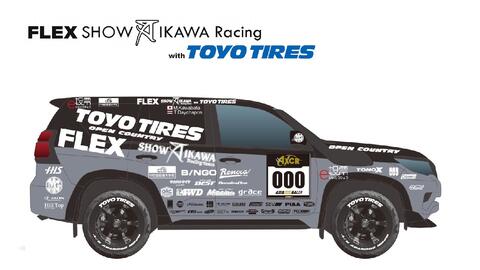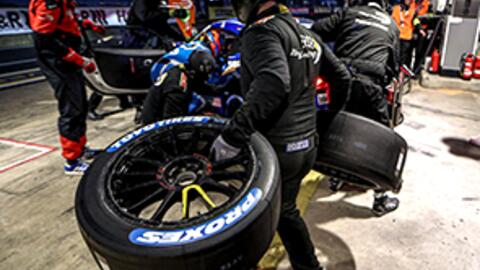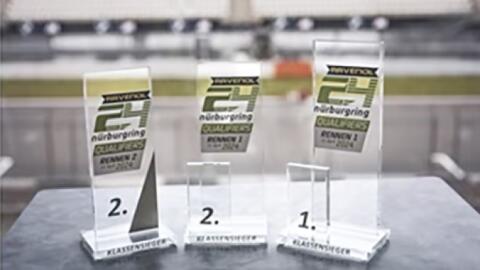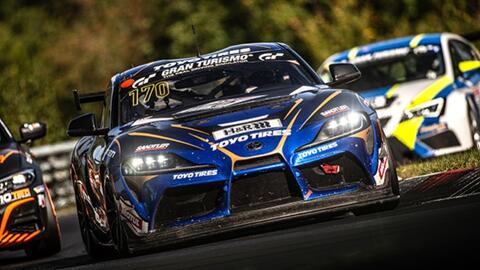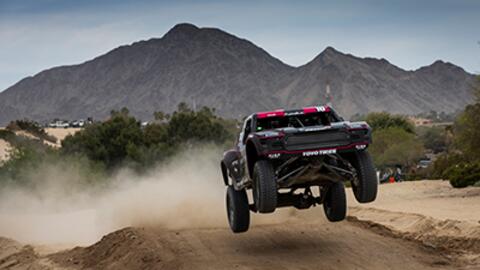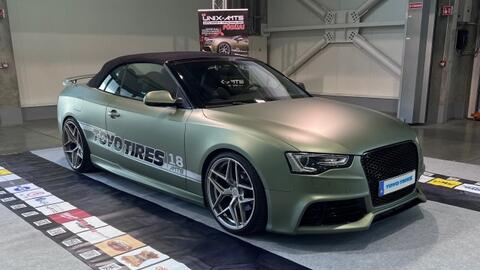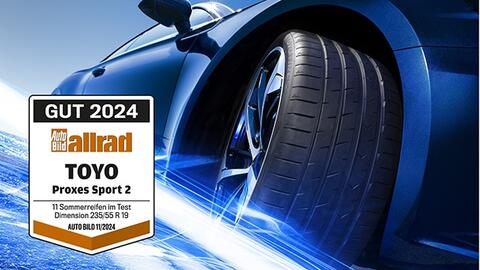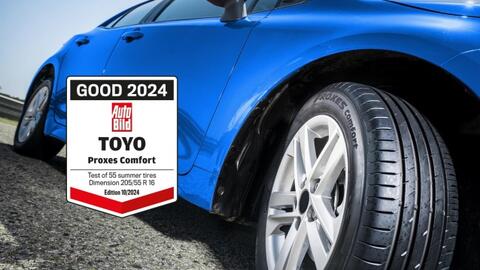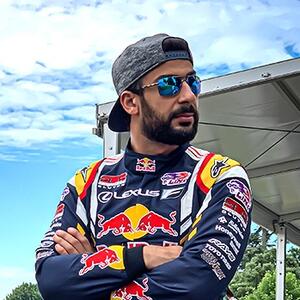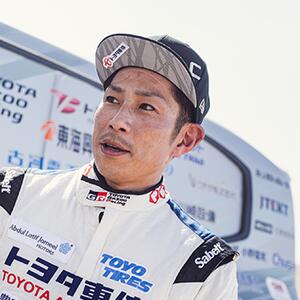News
“Mobility Aerodynamics" Technology
11 June 2018
Precision “Aerodynamic Flow” simulations: Another key to reducing fuel consumption and increasing electric vehicle range
Hyogo, Japan – 11 June, 2018 – Toyo Tire & Rubber Co., Ltd. (HQ: Itami, Hyogo Prefecture, President & CEO : Takashi Shimizu) is pleased to report it has developed its own “Mobility Aerodynamics” (aerodynamic simulation) technology through the application of aerodynamic flow simulations. The technology will be effective in designing “tyres having the excellent aerodynamic characteristics※1” required to further reduce fuel consumption and increase electric vehicle range.
※1) Aerodynamic characteristics: The attributes of air forces (air resistance) and airflow exerted on a body when it moves through air.
 |
| “Mobility Aerodynamics" Technology |
Our new “Mobility Aerodynamics” technology lets us predict the aerodynamic characteristics of tyres and vehicles under rolling tire contact patch conditions.※2 We use actual tyre pattern designs to combine tire use conditions when a vehicle is in motion (primarily the load on the tyres and the vehicle’s speed) with conditions of various wheel and vehicle shapes, after considering how tyre shape deforms under those conditions.
※2) Rolling tire contact patch conditions: Conditions exerted when the tyre is rolling on an actual road surface (conditions at point of contact).
By combining the various conditions, mobility aerodynamics will offer our company an advantage when proposing ideas suited to achieving the aerodynamic characteristics required by vehicles developed by manufacturers for improved fuel consumption and extended range. This breakthrough also lets us develop “tyres that have excellent aerodynamic characteristics”, based on high-precision simulations yielding numerical data consistent with the results of wind tunnel tests using actual vehicles,※3 so that we can offer such tyres to the market.
※3) Wind tunnel tests using actual vehicles: Tests performed at a specially designed facility that generates air currents invisible to the naked eye. Flow fields around an actual vehicle are made visible and air resistance is measured quantitatively.
Complex tyre, including individual tread patterns, were combined with those of actual vehicles and wheels. Tyre deformities caused by differences in applied load, speed, running attitude angle and other factors were considered in order to develop techniques for aerodynamic characteristic simulations. The breakthrough represents an advance never seen in the industry before.
・ Importance of aerodynamic characteristics
Drag force is the resistance a vehicle is bound to be subjected to when it moves. Reducing that force can result in improving fuel efficiency. Under social pressure to raise environmental performance, automotive manufacturers are striving to develop new vehicle designs that result in better aerodynamic characteristics. Meanwhile, electric vehicle makers faced with the challenge of extending the per-charge range, so improving aerodynamic characteristics has become a significant aim for them as well.
・ The relationship between tyres and aerodynamics
As they rotate, tyres on a moving vehicle keep deforming their shape while supporting the load. A rotating object has an effect on the air around it, changing the flow fields. Those generated around the tyre have a direct effect※4 on the vehicle’s aerodynamic characteristics. Minimizing this effect by optimizing a cross-sectional contour of a tyre profile will reduce fuel consumption. To achieve this aim, it is necessary to analyze flow fields generated around rotating tyres, and then develop ways to control them.
※4) Direct effect: It is estimated that the tyres are responsible for about 15% of the total air resistance faced by a moving vehicle.
・Harmonization of global standards for measuring fuel consumption
In 2014, the United Nations’ World Forum for Harmonization of Vehicle Regulations (WP29) adopted unified global technical rules for “measuring passenger vehicle fuel consumption and emissions (WLTP※5)”. This globally standardized the measurement and testing procedures for automotive fuel consumption, emissions regulations and safety, which had until then differed by country or region. The WLTP, which mandates resistance assessments of individual motor vehicles, includes wind tunnel tests to determine tyre air resistance as well, and this will have a direct bearing on regulated levels for tyre aerodynamic characteristics. This means that efforts to improve flow fields around tyres will be the focus of much attention.
※5) WLTP: Worldwide-harmonized Light vehicles Test Procedure
In consideration of the above three points, as a tyre manufacturer we recognize the social significance and industrial benefits of “being able to demonstrate in more concrete terms how to raise aerodynamic characteristics to their optimum level”. We can expect to gain an “advantage for our company through this type of tyre development”. We can achieve these goals through techniques that permit high precision prediction.
We have developed numerical simulations methods “using supercomputers for tyre analysis”, and our tire designers are using these methods to design products for the market. Through application of our own “T-mode” Design Technology, which combines tyre analysis with driving simulations, we have been able to significantly shorten design time and achieve high precision design.
Our newly developed Mobility Aerodynamics technology represents T-mode advances that have permitted the establishment of approaches in areas unattainable by previous research. And so, through the use of various numerical simulations methods to quantify motion and conditions affected by the aerodynamics of actually running vehicles — such as “how tyre shape deforms due to load and driving conditions”, “how tyre rotation is affected by discontinuous tire patterns”, and “how flow fields are impacted by tyre-road contact conditions” — and by combining these various factors, we have been able to simulate and visualize flow fields around tyres and moving vehicles.
Toyo Tire & Rubber will continue to take tyres to higher levels by applying our “design technologies for future road mobility”.
Toyo Tires Enters Asia Cross Country Rally
FLEX SHOW AIKAWA Racing with TOYO will participate
Racing to a Sustainable Future
Innovative Proxes slicks used to win NLS races
P1 and 2 in Nürburgring Qualifiers
1-2 fiinish in round 3 of the 2024 NLS
Toyo Tires wins NLS 1
1st place for Toyota GR Supra GT4 in SP10 class
Alan Ampudia and Toyo Tires won 37th SCORE San Felipe 250
Third victory in a row at SCORE for Toyo Tires
Successful AMTS exhibition for Toyo Tires and Gumi.hu
Toyo Tires and Gumi.hu on AMTS 2024
TOYO TIRES once again received a "GOOD" test result!
TOYO TIRES received "GOOD" test result again
Toyo Tires at AMTS 2024
Toyo Tires at AMTS 2024
TOYO PROXES Comfort rated "Good" again
TOYO PROXES Comfort rated "Good" again

